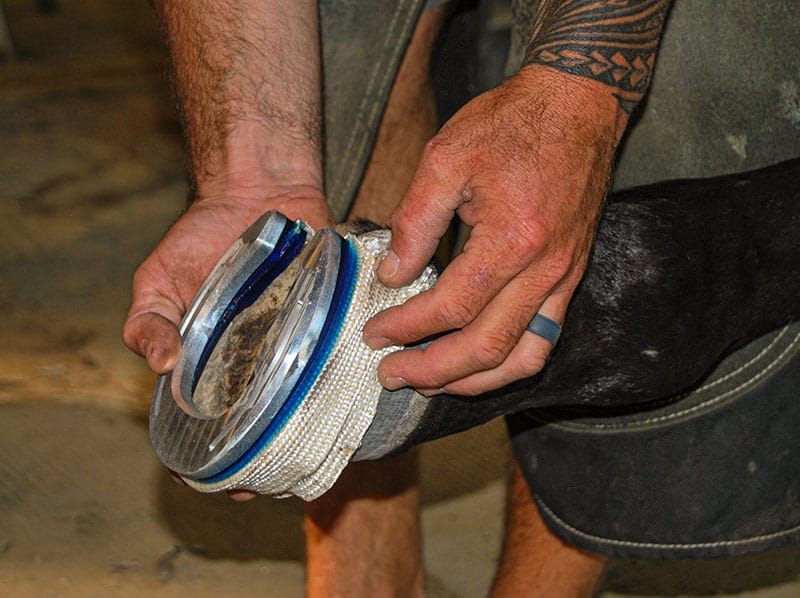
Clinical Indicators for Tieback Surgery in Horses
Consider doing tiebacks in horses where the problem is or will be performance-limiting.
All aspects of caring for performance horses

Consider doing tiebacks in horses where the problem is or will be performance-limiting.

Safety in Thoroughbred horse racing became a very public concern two years ago when a series of catastrophic breakdowns at Santa Anita Park in Southern California became national news. Veterinarians presented safety measures put in place to protect horses and humans.

Researchers used PRP-L to treat joint infections caused by the common bacterium Staphylococcus aureus, with encouraging results.

Scientists looked at the drug’s safety, efficacy, and ease of use under natural conditions.

Today’s hoof protection options include a variety of glue-on shoes, hoof boots, and even orthotics. Learn about the pros and cons of each.

Is your horse’s annual wellness exam comprehensive? Learn about common wellness steps and how your veterinarian can help you address and correct problems you might encounter.

Finnish researchers found that 83% of the Standardbred horses and 90% of the Finnhorses (a local draft breed) had acute lesions resulting from their bits post-racing. Mares were at a greater risk of mouth injury.

A new European study has shown that Lusitanos had few OA lesions on radiographs, and when they did, the lesions were relatively minor.

Researchers confirmed using resistance band systems, balance pads, and dynamic mobilization can help improve spinal muscle characteristics and postural stability.

Researchers tested pooled platelet-rich plasma lysate as a unique anti-inflammatory approach to joint preservation on lab samples.

Researchers explored the ability of bone marrow mononuclear cell (BMNC) therapy to improve lameness, with good results.

Scientists are rapidly homing in on the specific areas of the equine genome linked to this debilitating condition.

Measuring mRNA markers might offer an economical, effective, and noninvasive way to detect horses at risk of catastrophic injury.

Lame horse? Advanced diagnostic and management strategies for navicular syndrome have improved long-term outcomes.

Dietary deficiency of vitamin E can lead to three specific neurologic and muscular diseases. Find out if your horse is getting enough.

Researchers investigated if two common joint supplement ingredients contribute to worsening gastric ulcer scores in horses.
Stay on top of the most recent Horse Health news with
"*" indicates required fields